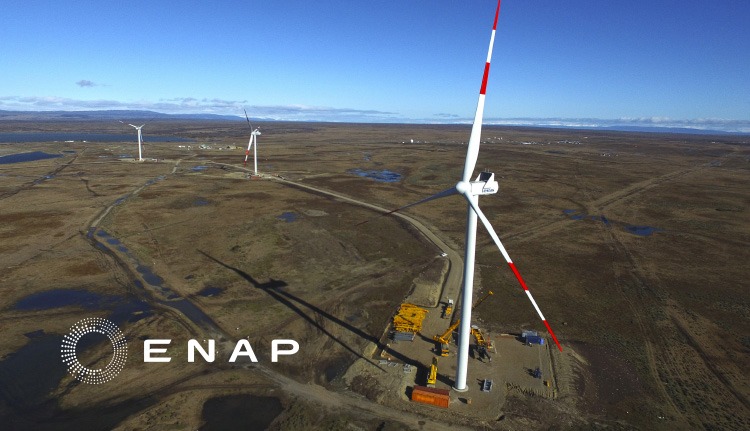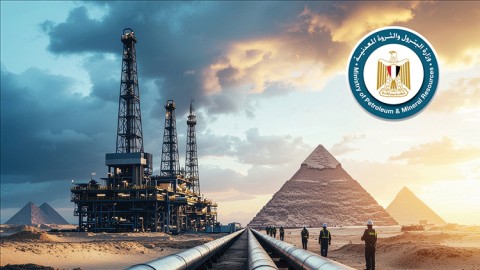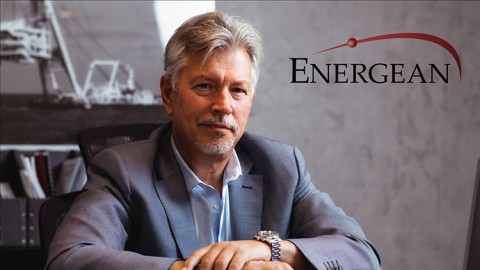Nearly 300 initiatives are being developed in Empresa Nacional del Petroleo (ENAP) in order to reach zero net GHG emissions by 2050 based on a new development model and a deep commitment to change the way of producing energy.
A sustainability plan is being projected based on five pillars: Decarbonization, Renewable Energies and Green Hydrogen, Water Management, Noise, Odors and Volatile Organic Compounds (VOCs) .
To promote a sustainable energy future for the country and the territories where ENAP is present, together with the global challenge to face climate change and protect the environment, the Empresa Nacional del Petróleo (ENAP) is in a process of transition for the development of a sustainability plan to reach zero net GHG emissions in 2050, in parallel with the changes that the energy business in the world is experiencing.
Carbon neutrality is a goal that has been set by the Chilean Government, which must be embraced by companies based on a new development model. At ENAP, we are not far from this challenge. We have a deep commitment to changing how we produce energy. We want to achieve zero net emissions by 2050.
For this purpose, ENAP has defined five pillars which are: Decarbonization, Renewable Energies and Green Hydrogen, Water Management, Noise, Odors and VOCs.
Decarbonization
ENAP is working on a substantial change to achieve zero net GHG emissions by 2050, in line with global challenges and the goal set by the Chilean Government.
In order to achieve this goal, a route to zero net emissions has been established, which includes the development of a CO2 Abatement Curve to determine the most effective and high-impact actions to reduce emissions and their associated cost.
ENAP also seeks to reduce emissions from its operations, incorporating new technologies, which involve technological upgrades to boilers and furnace burners and the implementation of a flare flow control system to reduce NOx emissions. In addition, we are evaluating opportunities for carbon capture, utilization, and storage in refineries.
It also involves generating energy through lower impact sources and optimizing consumption, as well as having suitable logistics that can be used to transport the new fuels to the consumption centers.
At a general level, this plan involves accelerating investments to carry out a set of almost 300 initiatives that will enable the company to meet its goal of reaching zero net GHG emissions by 2050.
With the same alignment, ENAP Sipetrol Egypt has already completed the first phase of its gas power generation project in East Ras Qattara Concession, Western Desert, and succeeded to generate +/- 20% of the required power consumption for its fields by gas. ENAP Sipetrol Egypt aims to increase this to 90% by the middle of 2023 which will have a very good impact on the environment by reducing its emissions. Also, in its newly awarded block – West Amer in the Eastern Desert – ENAP Sipetrol Egypt is studying the feasibility to integrate renewable energy production from the surrounding wind farms to obtain part of its energy consumption for its future operations.
Renewable Energies and Green Hydrogen.
One of the pillars of this plan is to innovate and develop initiatives that allow ENAP to have new forms of energy in line with the objective of carbon neutrality. This is how Vientos Patagonicos, the southernmost wind farm in the world developed by ENAP and Pecket Energy in Cabo Negro, supplies clean energy to the city of Punta Arenas and started operations in 2020.
But, undoubtedly, the big challenge is green hydrogen, which will allow the development of different sources of carbon-neutral energy.
The Magallanes Basin has an important comparative advantage for the development of wind power generation which allows the region to become a strategic hub for green hydrogen. In that regard, ENAP will play a fundamental role in the development of green hydrogen in Magallanes due to the existence of its facilities, its strategic position in port services, and the availability of docks in the Strait of Magellan. These assets allow projects to be implemented in a shorter time and in a more cost-efficient manner.
The first steps have been already taken, with the signing of more than 10 collaboration agreements reaching more than 15 GW of projects.
With all these initiatives, ENAP seeks to reduce greenhouse gas emissions, contributing to the goals defined in the Paris agreement and the Climate Change Law.








